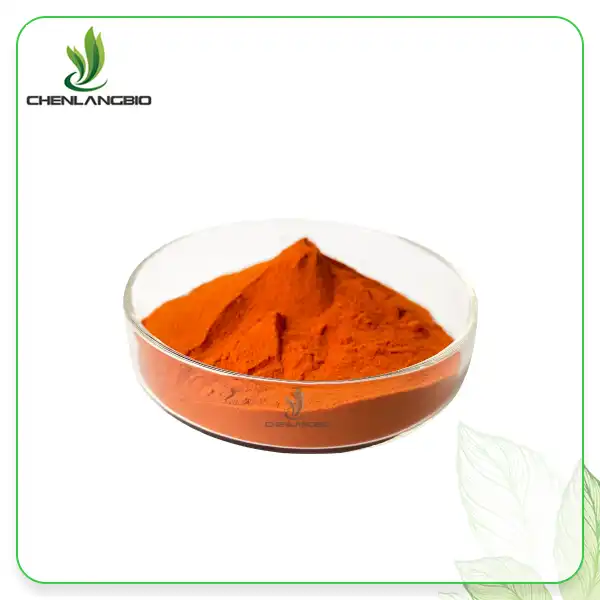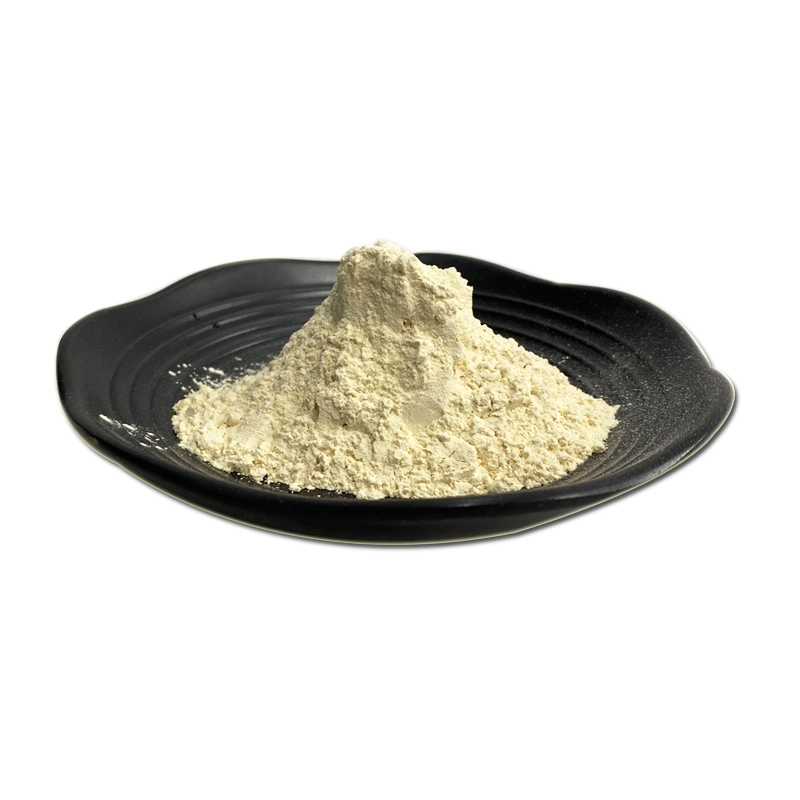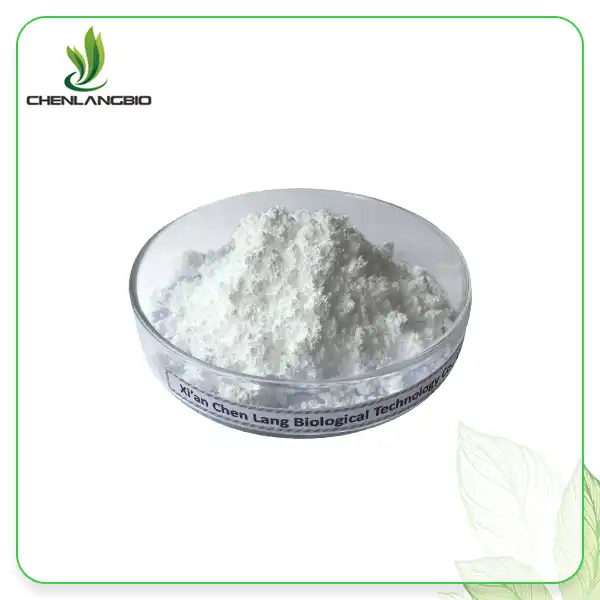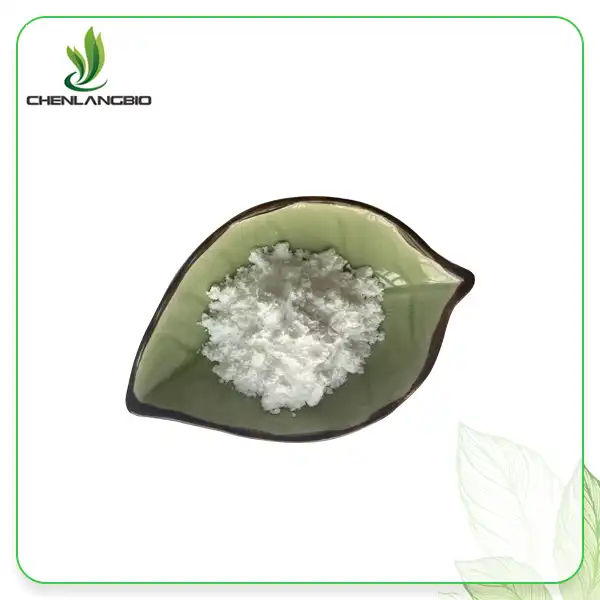Latest Discovery: Hydrogel Dressings Containing NMN May Accelerate the Healing of Diabetic Ulcers
2024-06-12 17:36:18
Overview:
●Hydrogel dressing is a matrix used to cover wounds. It can form a gel and absorb wound secretions, keep the wound moist and promote wound healing. Hydrogel dressing is a matrix used to cover wounds. It can form a gel and absorb wound secretions, keep the wound moist and promote wound healing. Recently, researchers discovered that hydrogel dressings added with NMN (nicotinamide mononucleotide) can accelerate wound healing and restore skin thickness in diabetic mice.
●NMN-containing hydrogel dressing accelerates wound healing in diabetic mouse model with skin trauma.
●Adding high doses of NMN to hydrogel dressings increases the synthesis of skin collagen, the structural protein of skin and connective tissue, during wound healing.
●Gene activity of skin regeneration proteins-VEGF and TGF-ꞵ increased with increasing dose of NMN in hydrogel dressings.
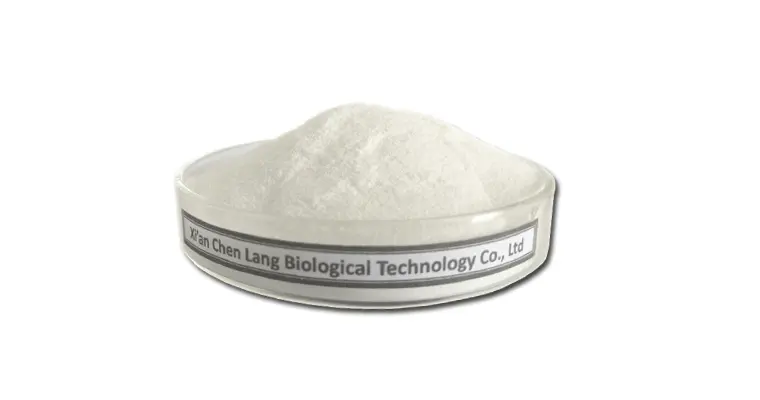
Surveys show that wounds of diabetic patients often have difficulty healing, and ulcers that are complications are even more difficult to heal. This is because the oxidative stress produced by highly reactive oxygen-containing molecules (i.e., reactive oxygen species) at the ulcer site makes wound healing and ulcer resolution difficult.
Currently, clinicians often use hydrogel dressings as an anti-infection barrier to heal diabetic ulcers, but until now, no trials have tested whether hydrogel dressings containing the antioxidant NMN can accelerate their healing.
Researchers from Fudan University published an article in the journal "Biomedicine and Drug Therapy" showing that applying NMN-added hydrogel dressing matrix to diabetic wounds can accelerate wound healing in diabetic mice. Furthermore, in hydrogel matrices containing high doses of NMN, the amount and thickness of skin collagen synthesis increased during the healing process. Likewise, as the dose of NMN increases, the activities of -VEGF and TGF-ꞵ, which play key roles in skin regeneration, also increase.
The findings suggest that adding NMN to hydrogel dressings provides an effective and cost-effective way to accelerate healing.
1. NMN promotes skin collagen synthesis and accelerates diabetic wound healing.
In order to test whether adding NMN to hydrogel dressings can accelerate wound healing in diabetic patients, the researchers added different doses of NMN to the hydrogel. At the same time, they applied NMN-containing hydrogel dressings to mice injected with streptozotocin, a diabetes inducer, and with complete wounds of 1 cm in diameter on their backs.
Experiments have found that hydrogel dressings containing high doses of NMN can accelerate wound healing, and the wound healing speed is about 30% faster than hydrogel dressings without NMN. These results indicate that hydrogel dressings containing NMN can initiate healing more quickly than hydrogel dressings without NMN.
(Liang et al., 2023 | Biomedicine & Pharmacotherapy) NMN-loaded hydrogel dressings applied to wounds in diabetic mice speed healing. Compared to no treatment (black line) and hydrogel dressing treatment without NMN (purple line), NMN-loaded hydrogel application (yellow line) substantially accelerated diabetic wound healing.
Because adding NMN to hydrogel dressings can accelerate wound healing, the researchers sought to determine whether NMN accelerates healing by promoting collagen synthesis and increasing the thickness of the skin's outermost layer (epidermis).
Interestingly, by comparing the hydrogel dressing group containing NMN and the dressing without NMN during the healing process, the researchers found that increasing the dose of NMN in the hydrogel dressing could promote collagen synthesis. Interestingly, by comparing the hydrogel dressing group containing NMN and the dressing without NMN during the healing process, the researchers found that increasing the dose of NMN in the hydrogel dressing could promote collagen synthesis. Furthermore, NMN-containing hydrogel dressings increased skin epidermal thickness during the healing process. These results indicate that adding NMN to hydrogel dressings can promote collagen synthesis and increase epidermal thickness, thus accelerating wound healing.
(Liang et al., 2023 | Biomedicine & Pharmacotherapy) Applying an NMN-loaded hydrogel dressing to diabetic wounds significantly increases the thickness of the skin’s outermost epidermal layer. A high NMN dose added to hydrogel dressings (checkered bar) significantly increased epidermal thickness compared to no treatment (gray bar showing zero thickness) and adding a skin growth-promoting protein, recombinant human basic fibroblast growth factor (rh-bFGF; black bar).
It is worth noting that applying hydrogel dressings containing NMN to diabetic wounds can also significantly increase the thickness of the outermost epidermal layer of the skin. It is worth noting that applying hydrogel dressings containing NMN to diabetic wounds can also significantly increase the thickness of the outermost epidermal layer of the skin. In the hydrogel dressing (checkered bar) added with a high dose of NMN, the epidermal thickness increased significantly compared with the untreated hydrogel dressing (i.e. 0). Not only that, a skin growth-promoting protein was also added, Recombinant human basic fibroblast growth factor (black bar).
(Liang et al., 2023 | Biomedicine & Pharmacotherapy) Adding NMN to hydrogel dressing applications enhances gene activation for skin growth-promoting proteins VEGF and TGF-ꞵ. Graph on left) Compared to rh-bFGF (black bar) and no treatment (gray bar), high dosage NMN added to hydrogels (checkered bar) significantly increased VEGF gene activity. Graph on right) High dose NMN added to hydrogels (checkered bar) also increased TGF-ꞵ compared to no treatment (gray bars).
Experiments found that compared with hydrogel dressings without NMN, hydrogel dressings containing NMN almost doubled VEGF and significantly enhanced TGF-ꞵ gene activity. These data suggest that adding NMN to hydrogel dressings can accelerate diabetic wound healing by increasing skin growth-promoting VEGF and TGF-ꞵ.
As the researcher of the experiment said: "This study is the first to report that hydrogel dressings added with NMN can promote the healing of foot wounds in diabetic patients.
2. NMN can be used as a new method to accelerate skin healing.
For people with diabetes, the wounds they develop can take a long time to heal and can even become chronic and difficult to treat, especially if they develop diabetic foot ulcers. However, existing treatment options, such as topical cream therapies and drainage techniques to extract fluid from ulcers, are costly and have limited effectiveness.
In view of various treatment barriers, currently, applying NMN with antioxidant properties to hydrogel dressings to promote wound healing may become a new low-cost treatment option to relieve diabetic wounds and ulcers. In addition, another study showed that NMN, together with NAD+ (nicotinamide adenine dinucleotide), another type of antioxidant can promote skin wound healing in aging mice. In view of various treatment barriers, currently, applying NMN with antioxidant properties to hydrogel dressings to promote wound healing may become.
Along these lines, adding NMN to various types of wounds may become a way to promote healing in the future.
XI AN CHEN LANG BIO TECH CO., LTD is NMN powder, NAD+ supplier, we supply high quality products, can pass third party test, please send inquiry to Email: admin@chenlangbio.com if you want to buy NMN.
Send Inquiry
Related Industry Knowledge
- Can Minoxidil Powder Be Used by Both Men and Women
- Health Benefits of Durian Fruit Powder
- Is Ectoin Better Than Hyaluronic Acid
- What Are the Downsides of Bakuchiol
- How Do You Use Spinosad Dust
- Can Hyaluronic Acid Powder Be Used in DIY Skincare
- What Is Flurbiprofen Gel Used For
- Is Kava Kavalactone Powder Safe
- Can Diabetic Person Take Natural Stevia Extract Powder
- What is Phloretin in Skin Care


